I was doing a question related to the dependence of op amps on frequency.This question is from 2nd year electrical engineering micro electronics by sedra smith.
So there is a non inverting amplifier and it has a gain of 96. it 3db frequency is 8kHz. I can find the unity gain frequency from here from the given quantities. But for what?. Then they mention that the system is required to have a unity gain frequency/bandwidth of 32kHz. So this is pretty confusing for me. Can some one explain the question please. Thanks guys!


